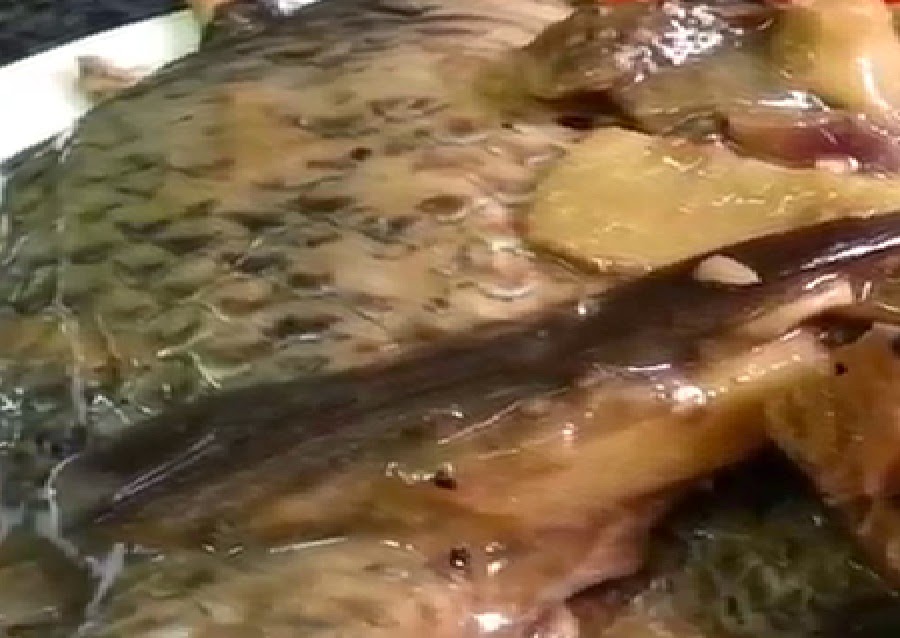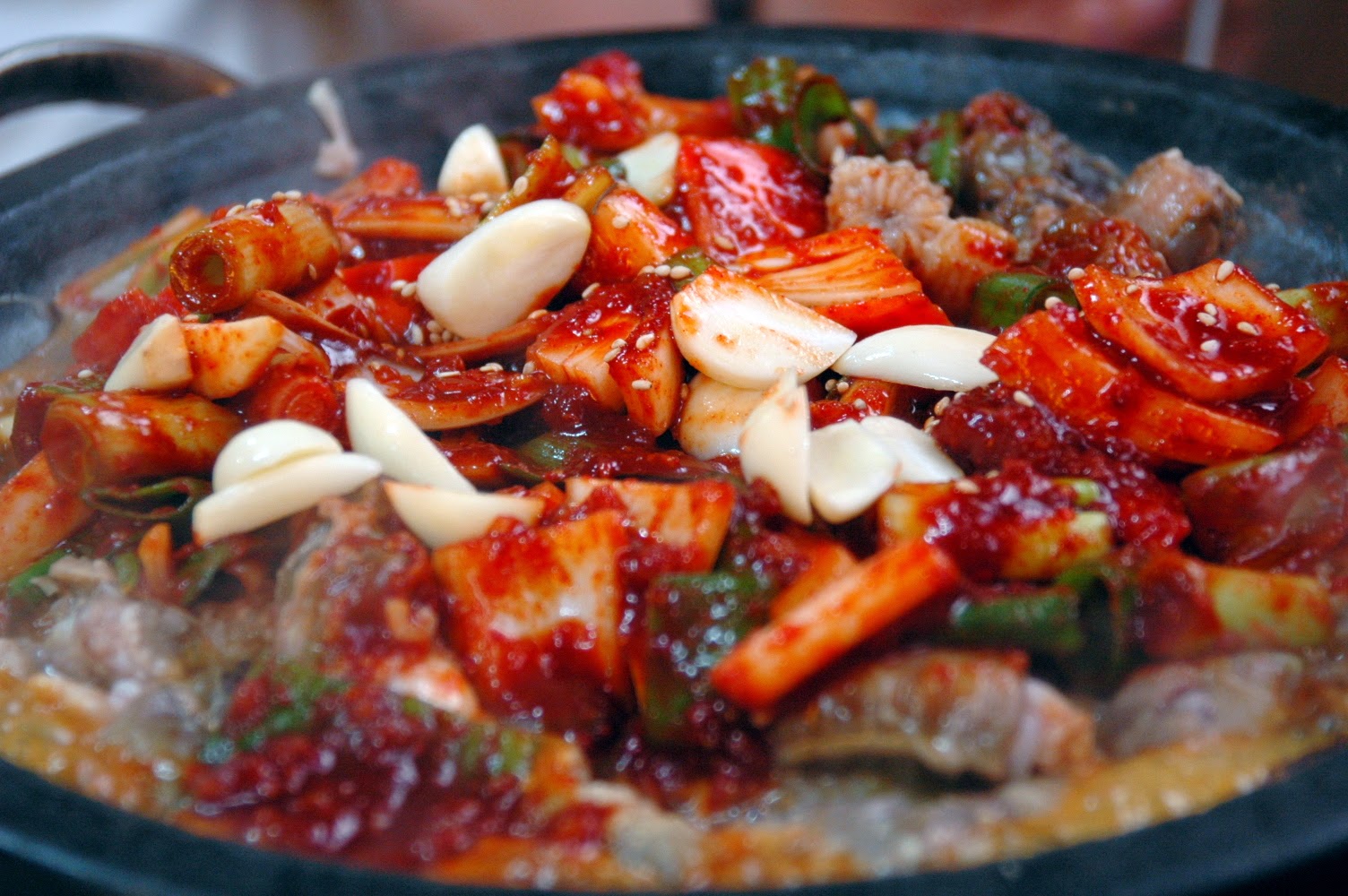HOW TO BAKE A CAKE WITHOUT OVEN -I think everyone loves cake because of its sweet and creamy taste. This time, I am going to share with you my very easy cake recipe. If you do not have an oven in your home, don't worry because I made this recipe for those who do not have oven. This quick and easy cake is great because it only require 4 ingredients and those ingredients are not hard to find because they are the common ingredients we use in our daily cooking. What we are going to use in baking this cake is rice cooker although this cooking tool does not have baking feature, we can still use it for other cooking purposes like cooking noodles and baking cakes. In this recipe I am about to share with you includes 5 ingredients but like I said earlier, it only requires 4 so the other one is only optional. You can improve this recipe by adding whip cream as icing and also you can use cherry syrup to add more taste. Chocolate is also welcome to my recipe so you can garnish it chocolate flakes together with your whip cream icing at the top. Here is how to do it:
HOW TO BAKE A CAKE WITHOUT OVEN
INGREDIENTS
2 eggs
1/4 cup cold water
2 cups all-purpose flour
1/2 cup white sugar
1 teaspoon baking powder
STEP BY STEP PROCEDURE AND BAKING DIRECTIONS FOR CAKE
1. In a blender, combine eggs, water and sugar. You can add 1 teaspoon of vanilla but that is optional.
2. Blend for 2 minutes. If you do not have a blender, you can hand-whisk it until the consistency becomes gooey like a thin sauce. Transfer in a wide mixing bowl.
3. In another wide bowl, combine flour and baking powder. Mix thoroughly then sift twice to make sure the mixture is perfectly incorporated.
4. Gently fold in the flour to the egg mixture and gently stir until well incorporated.
5. Grease the rice cooker pot with oil from the bottom up to about half way of the pot.
6. Gently pour in the batter to the pot and cook. When the rice cooker turns from hot to warm, check on the cake, continue cooking if it's not yet cooked. When the cake smells sweet and the side of the cake turned brown, then your cake is ready.
7. Remove from the pot and let it cool down.
8. Decorate with whipped cream, marshmallows or candies. Enjoy!
HOW TO BAKE A CAKE WITHOUT OVEN
HOW TO BAKE A CAKE WITHOUT OVEN
INGREDIENTS
2 eggs
1/4 cup cold water
2 cups all-purpose flour
1/2 cup white sugar
1 teaspoon baking powder
STEP BY STEP PROCEDURE AND BAKING DIRECTIONS FOR CAKE
1. In a blender, combine eggs, water and sugar. You can add 1 teaspoon of vanilla but that is optional.
2. Blend for 2 minutes. If you do not have a blender, you can hand-whisk it until the consistency becomes gooey like a thin sauce. Transfer in a wide mixing bowl.
3. In another wide bowl, combine flour and baking powder. Mix thoroughly then sift twice to make sure the mixture is perfectly incorporated.
4. Gently fold in the flour to the egg mixture and gently stir until well incorporated.
5. Grease the rice cooker pot with oil from the bottom up to about half way of the pot.
6. Gently pour in the batter to the pot and cook. When the rice cooker turns from hot to warm, check on the cake, continue cooking if it's not yet cooked. When the cake smells sweet and the side of the cake turned brown, then your cake is ready.
7. Remove from the pot and let it cool down.
8. Decorate with whipped cream, marshmallows or candies. Enjoy!
HOW TO BAKE A CAKE WITHOUT OVEN


































